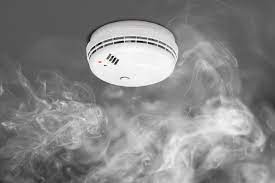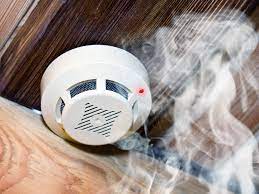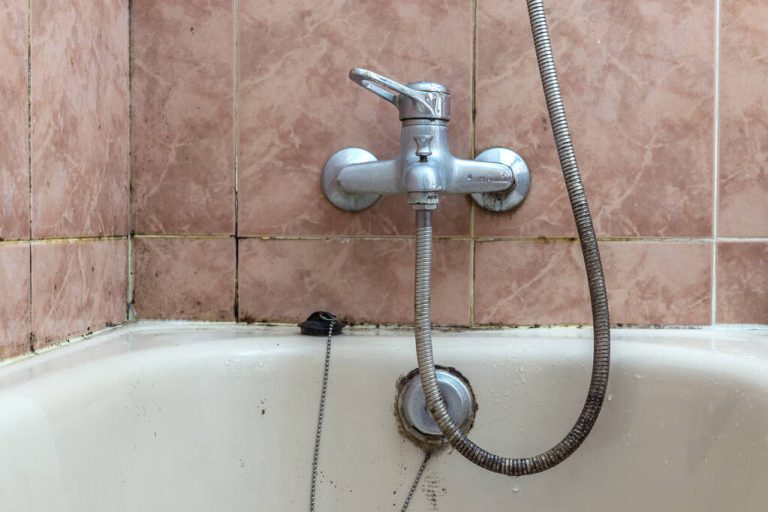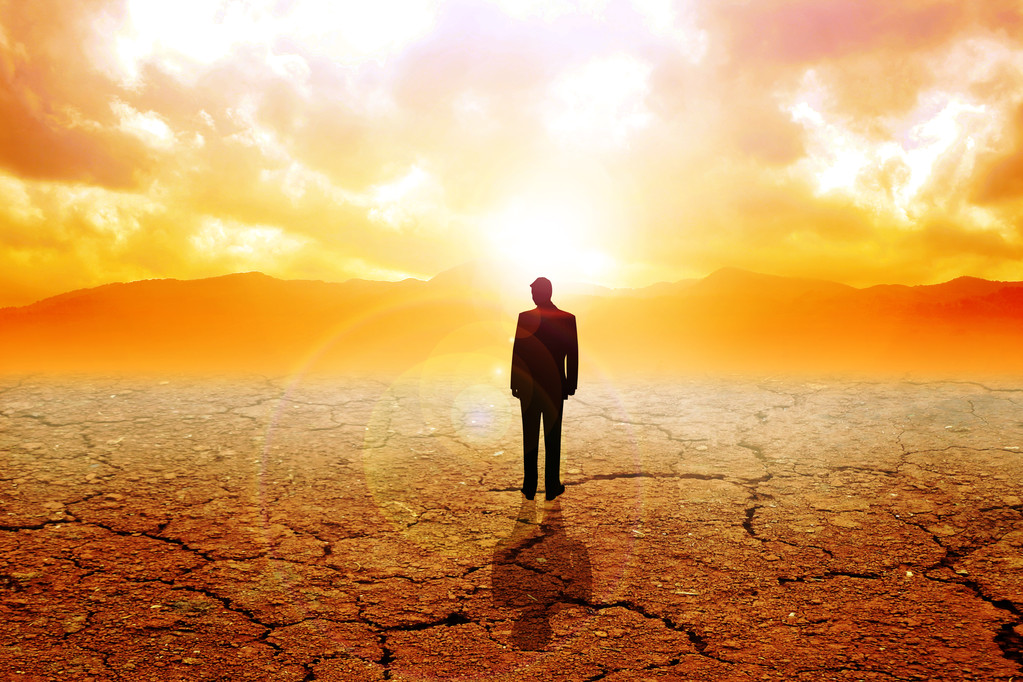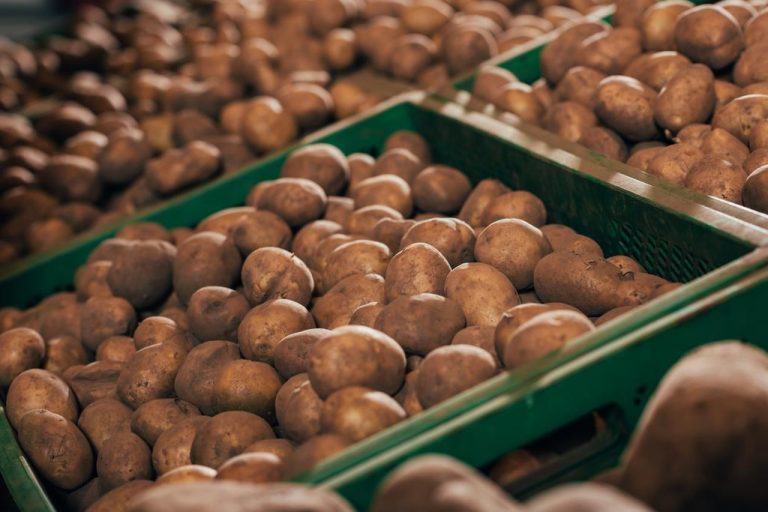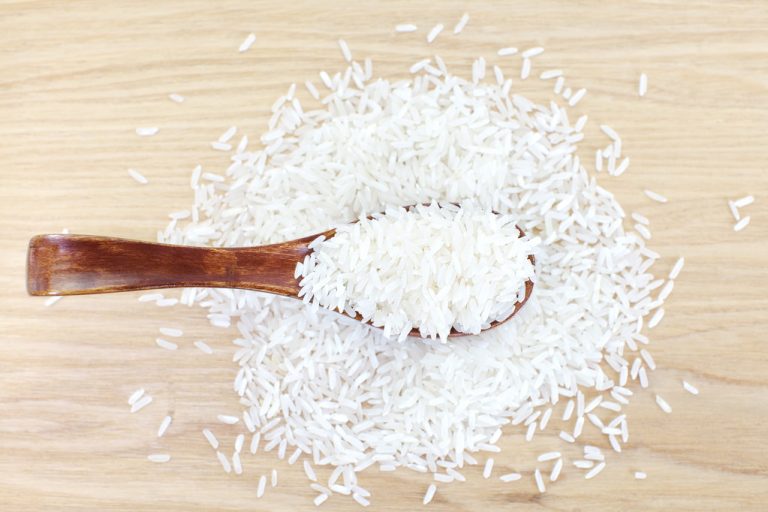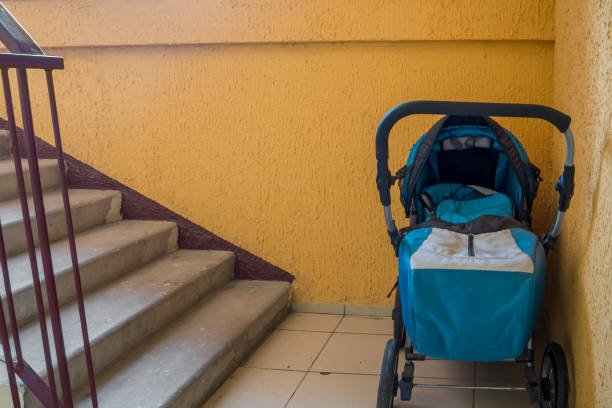Mold is a common phenomenon in apartments and houses: many people struggle with mold, especially in the bathroom. However, you can easily fight this.

This is how mold develops in the bathroom: causes
If you discover mold in the bathroom, this can have many different causes. In general, walls, joints, the shower and the ceiling in the bathroom are particularly susceptible to mold growth. The reason for this is that the bathroom is classified as a so-called damp room: in contrast to the other rooms, the air here becomes particularly damp due to showering or bathing.
Especially in the bathroom, hot water often runs for a long period of time. The damp, heated air condenses on the colder tiles in the bathroom; consequently, the condensate sticks to them. Even if the tiles are waterproof, the joints, walls and ceilings are usually not. The moisture can stay here for a long time.
Possibly insufficient ventilation can also contribute to mold development: the amount of moisture cannot be balanced, so the humidity is ideal for mold development. To compensate, the bathroom can often not be heated continuously. In this way, the moisture is not sufficiently removed and offers the mold an ideal breeding ground.
Classification of mold as a hazard
Mold should not be taken lightly: it can lead to serious respiratory problems or even allergies, especially for people who do not have a strong immune system. Red and watery eyes and a runny nose can be symptoms. The type and strength of the mold are decisive for its health risk character.
The most common types are black mold, red mold, yellow mold, and green mold. All types of mold require immediate action: they can develop toxins and thus damage your health. In the worst case, inhaled mold pores can lodge in the lungs and cause deadly infections; for this, however, the mold must be very concentrated and the immune system must be very strongly suppressed. Smaller amounts of mold are basically not a health problem for people with a healthy immune system.
In general, we are constantly exposed to a minimal amount of mold spores in nature. This is because molds also occur in nature. Whether allergies have developed from indoor mold or from nature can often not be determined with certainty.
Here’s how to remove mold
If you discover mold very early on, you can usually remove these traces yourself. It is important that you always wear gloves, a breathing mask and safety goggles when removing: This protects you from the vapors of the cleaning agents and the fungal spores. An affected area of 30 to 40 cm2 is classified as “low infestation”. You should then dispose of any rags you use: this is the only way to prevent the spores from spreading. If textiles such as towels are also affected by the mold, you should also dispose of them immediately.
A special mold cleaner* can help with the first traces of mold on silicone joints or on the walls, corners and ceiling. You can buy this online or in stores. Alternatively, the joints can also be cleaned with 80 percent alcohol, which you can get in the pharmacy.
On smooth surfaces, such as in the shower, you can use vinegar or baking soda as home remedies. Vinegar Essence* can be easily applied to the spot if there is superficial mold growth. Baking soda can also be mixed with a little baking soda and water. Once you have reached a mushy consistency, you can gently rub this paste onto the affected areas with a toothbrush. This should effectively remove the mold traces.
Beware of black mold or large-scale mold infestation: the mold has often already penetrated deep into the joints. In this case, be sure to contact experts. Only a specialist mold remediation company can then remove the seals and sanitize the bathroom as much as necessary to keep you safe and curb the spread of mold.
The question of costs: Who pays?
If you live in a rented apartment, you must also report the mold to the landlord. After all, it’s possible that the problem isn’t yours at all: the ventilation options or heating options for the bathroom might not be optimal. It may also be necessary to install an exhaust system. This should definitely be done in consultation with the landlord.
If you haven’t adequately prevented mold, for example by insufficient heating or ventilation in the bathroom despite optimal possibilities, then the fault lies with you. If a dispute arises between you and the landlord, an independent expert can also be consulted to investigate the cause of the mold growth.
If external influences, i.e. the basic structural requirements, are the reason for the formation of mold, the landlord is obliged to pay the appraiser and the damage caused by the mold. If the fault is actually yours, you have to pay it yourself.

Prevent mold in the bathroom
In order for the climate in the bathroom to level off in such a way that it is difficult for mold to form, the window must be opened after the shower and the room must also be ventilated regularly and several times a day outside of the shower. The most effective way of doing this is so-called shock ventilation, i.e. a window that is completely open for several minutes, which ensures intensive ventilation.
In the shower, hair or soap residue provide an organic breeding ground for mold. To avoid this, you should clean the shower regularly. You should also clean the joints and tiles thoroughly and at regular intervals so that the mold cannot develop.
It is also a good idea to wipe dry corners or joints with a cloth after showering or bathing. If you have a heater in the bathroom, it should be set so that the optimum temperature of around 21°-23°C can be maintained and the damp areas can dry well. This is especially important in winter.
Ideally, the humidity should not exceed 60 percent; you can also check this with an appropriate measuring device*. If the humidity is above the ideal value despite heating and regular ventilation, you can also buy a dehumidifier* or an electric fan to help.
